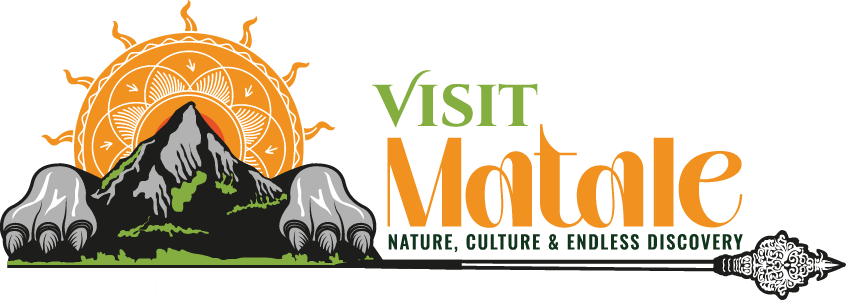History of Matale
Matale, nestled in Sri Lanka's Central Province, has a rich and diverse history shaped by
Matale, nestled in Sri Lanka’s Central Province, has a rich and diverse history shaped by its geographical location, natural resources, and cultural significance. This region has been a witness to ancient civilizations, colonial encounters, and modern transformations.
1. Prehistoric and Early History
- Prehistoric Evidence:
- Archaeological findings indicate that Matale was inhabited during prehistoric times. Artifacts and tools found in the region suggest the presence of early human settlements.
- The fertile valleys of Matale, supported by the Knuckles Mountain Range and surrounding rivers, provided ideal conditions for early agriculture and settlement.
- Connection to Ancient Kingdoms:
- Matale was part of the Anuradhapura and Polonnaruwa Kingdoms during Sri Lanka’s ancient era.
- The district was strategically important for trade and as a gateway between the central highlands and northern lowlands.
2. Buddhist and Hindu Influence
- Religious Significance:
- Matale has been a center for Buddhism, as evidenced by ancient temples and monasteries.
- The Aluvihare Rock Temple, one of the most significant sites in Matale, is where the Pali Canon (Tripitaka) was first written down on palm leaves in the 1st century BCE during the reign of King Valagamba.
- Hindu Cultural Integration:
- Hindu influence became prominent during the Polonnaruwa period, as Tamil communities settled in the area.
- Hindu temples, such as the Muthumariamman Temple in Matale town, reflect this cultural blend.
3. Matale During the Kandyan Era
- Role in the Kandyan Kingdom:
- Matale served as a vital buffer zone for the Kandyan Kingdom against invasions from the coastal regions.
- The district’s rugged terrain and dense forests provided natural defenses.
- Economic Contributions:
- Spice cultivation, particularly cinnamon, played a significant role in the economy of the Kandyan Kingdom.
- The region’s strategic location facilitated trade routes connecting the central highlands to the lowlands.
4. Colonial Period
- Portuguese and Dutch Eras:
- Although Matale was under the Kandyan Kingdom’s control, it experienced indirect influences from the Portuguese and Dutch, who sought control over Sri Lanka’s lucrative spice trade.
- British Colonial Era:
- The British gained control of the Kandyan Kingdom, including Matale, in 1815 through the Kandyan Convention.
- During British rule, Matale became a center for plantation agriculture, with tea, coffee, and rubber estates established across the district.
- The region saw infrastructural development, including roads and railways, to support the plantation economy.
5. The Matale Rebellion (1848)
- Historical Context:
- The Matale Rebellion, also known as the Kandyan Rebellion of 1848, was a significant anti-colonial uprising against British rule.
- The rebellion was fueled by oppressive taxation, forced labor policies, and displacement of Kandyan villagers due to plantation expansions.
- Key Figures:
- Leaders such as Puran Appu and Gongalegoda Banda emerged as national heroes, leading the local population against British forces.
- Although the rebellion was suppressed, it became a symbol of resistance against colonial rule.
6. Modern Era
- Economic Development:
- Post-independence, Matale evolved as a hub for agriculture, tourism, and artisanal industries.
- The district is a key contributor to Sri Lanka’s spice and vegetable production.
- Tourism Growth:
- Matale’s historical sites, such as the Aluvihare Rock Temple and colonial-era plantation estates, alongside its natural beauty, have made it a popular tourist destination.
- Cultural Harmony:
- Today, Matale showcases a harmonious blend of Sinhala, Tamil, and Muslim communities, reflecting its diverse cultural heritage.
Key Historical Landmarks in Matale
- Aluvihare Rock Temple: A key Buddhist site where the Pali Canon was first transcribed.
- Nalanda Gedige: An ancient structure blending Hindu and Buddhist architectural styles.
- Muthumariamman Temple: A prominent Hindu temple in Matale town.
- Fort MacDowall: A British colonial fortification highlighting Matale’s strategic importance.
